Sometimes when you’re stuck at home dreaming of travel, you have to find your cultural experiences in your own back yard to compensate. You can go to art galleries or museums featuring international artists, look on the calendar for cultural celebrations or check out a dance class like Salsa, Flamenco or Bhangra. OR you could just eat copious amounts of homemade Japanese food to celebrate the New Year. As I sit here with a full belly and heavy eyelids, I feel like I just got back from a whirlwind trip to Japan.
I’ve always had a special place in my heart for Japan as it was the first place I traveled outside the country. My good friend Akemi knows this this about me, so she invited me to join her for a Japanse New Years dinner at her friends’ home in North Hollywood. How could I say no?
Friends Emi and Steve put out a full spread of traditional Japanese foods and we ate for about 2 hours straight. The meal began with a warm bowl of Soba Noodle soup to represent long life, then launched into endless dishes of sushi, sashimi, chicken skewers, pickled vegetables, dried seaweed, seaweed salads, burdock root, rice, fishcakes, sweet egg loaf, oden soup and sweet black beans which represent money in the new year (I loaded up on those…I’m going to need plenty of money for the trips I have planned this year).
We took a little break to clear off the table and drink some hot green tea then part two of the evening began. Mochi making! I’ve always heard about the Japanese tradition of making mochi at New Years, but I’ve never taken part in it. Thankfully, Emi had a electric mochi machine which saved us from hours of pounding steamed mochi rice with a mallet (while wearing loin cloths, apparently). She soaked the rice overnight then steamed them in the mochi maker for about 30 minutes, then hit the button for “pound” and let the machine (a cross between a rice cooker and a bread maker) go to town pounding the rice into a sticky dough ball.
Meanwhile Akemi spooned out little balls of red bean paste onto a plate for us to use in the mochi prep.
When the machine was done, Emi floured her hands and ripped off little balls of the mochi, then we each grabbed a ball, flattened it out into a disk, placed the red bean paste in the center and pinched the ends over it to make a little dumpling. You have to work quickly to make them so they won’t loose their consistency. I’ve had store bought mochi many times before, but this is the first time I’ve taken part in making them and eating them while still warm. I can understand why some would think this is an acquired taste with an odd chewy texture, but personally I think they are pretty damn delicious.
Thankfully much of what we ate was quite healthy because I ate way more than I should have. But it was all so good and fresh, and without cream or cheese or other heavy sauces, you don’t feel anywhere near as full as you would have eating equivalent amounts Italian or French food.
Aside from just serving us ridiculously delicious food, Emi and Steve also took the time to explain some Japanese culinary traditions like putting an orange on top of two flattened discs of mochi on the hearth in your home at New Years or eating black beans for wealth in the coming year. The evening was full of laughter, conversation and so much good food. Full and happy, Akemi and I left with good memories and full doggie bags for a few more meals. Huge thanks to Emi and Steve (and Leme the wonder-tortise) for letting me share in this meal. What a great way to start off 2012!


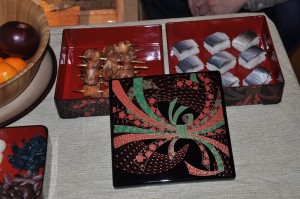
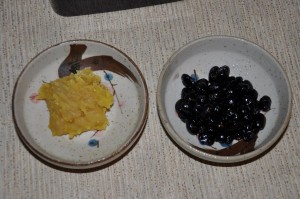
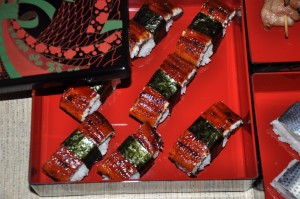
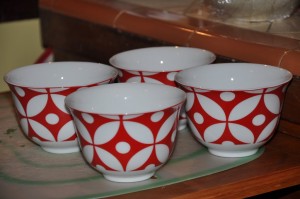
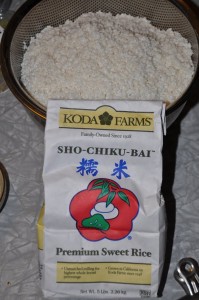
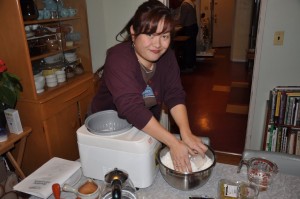
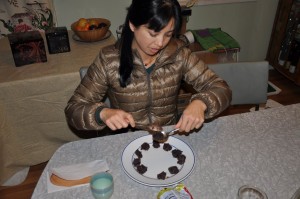
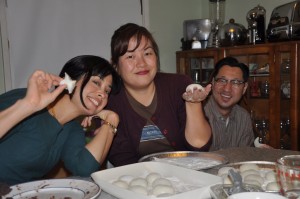








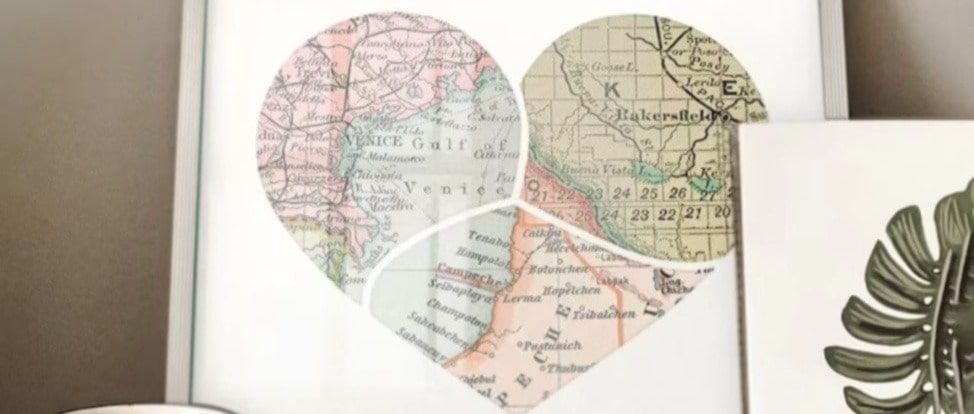

Why have I never heard of Mochi before this post?! Thanks for the lesson!! Looked like fun!
Oneika, its good stuff! Having it homemade was a treat, but if you have a Japanese grocery store in your area, you can pick some up there too to give it a try.
MMmmm mochi is yummy! Glad you Emi, Steve and Lem had a good time! 🙂
Thanks, April. And a bonus, Japanese leftovers for lunch today!
Are you sure you didn’t catch a flight back to Japan? Although I am not familiar with the dishes, they sounded yummy. Interesting how important food is to all cultures.
Happy 2012 to you.